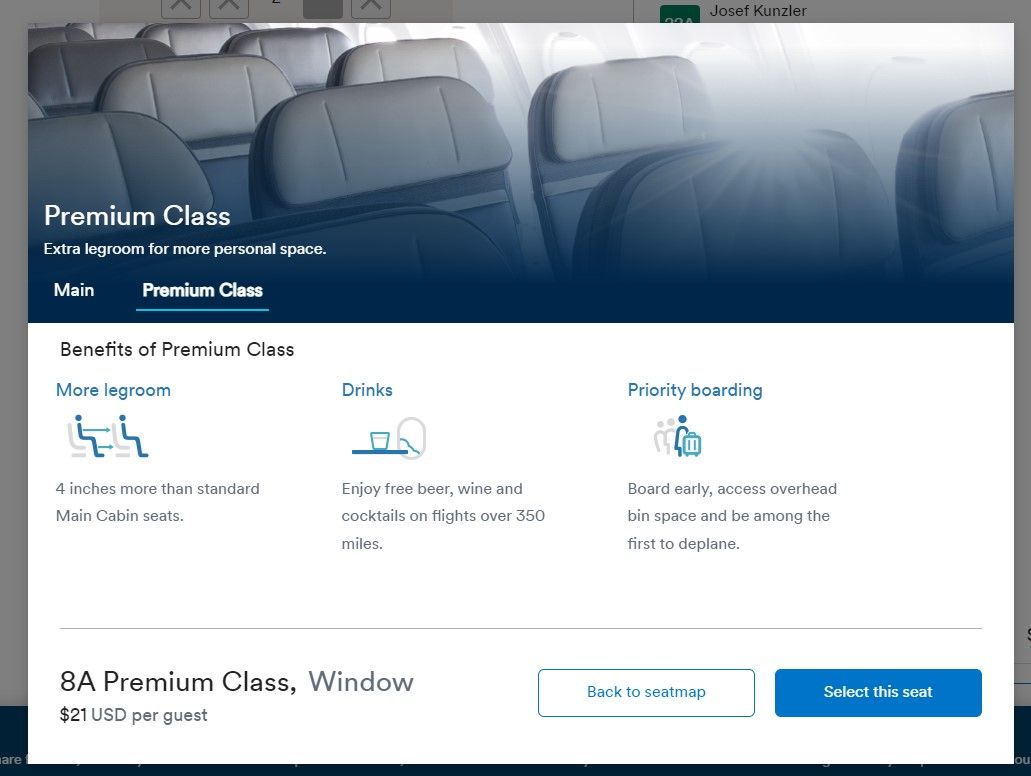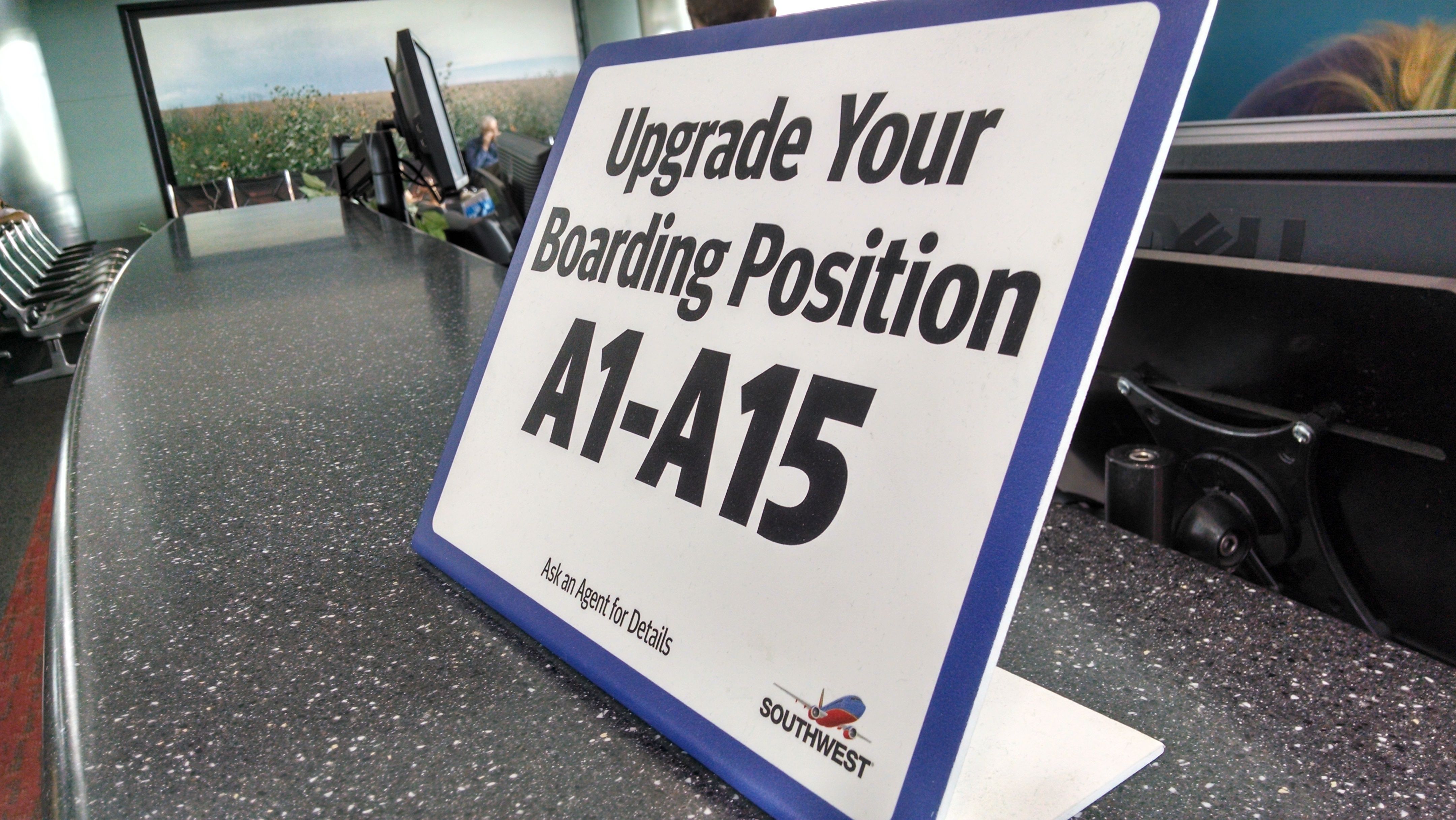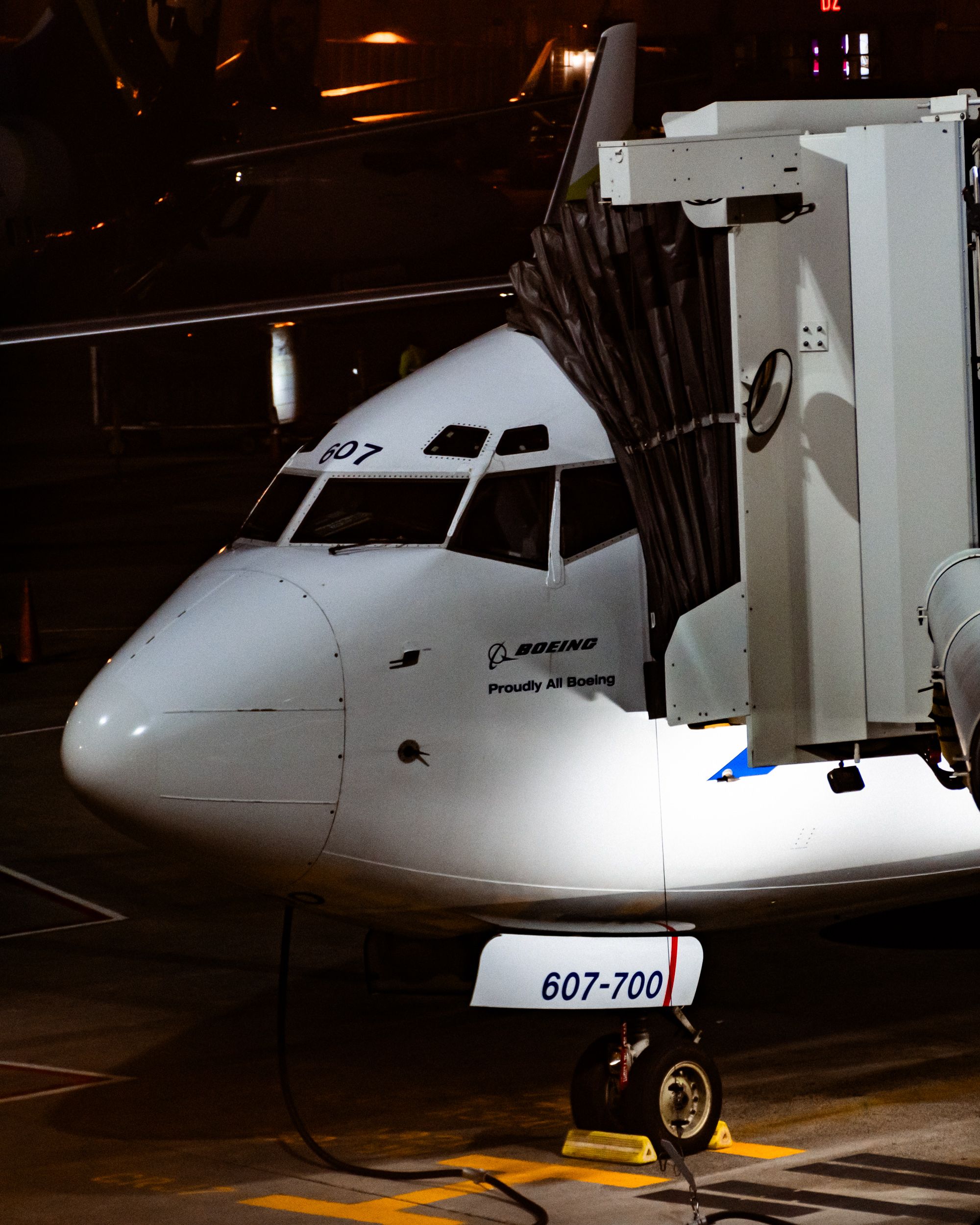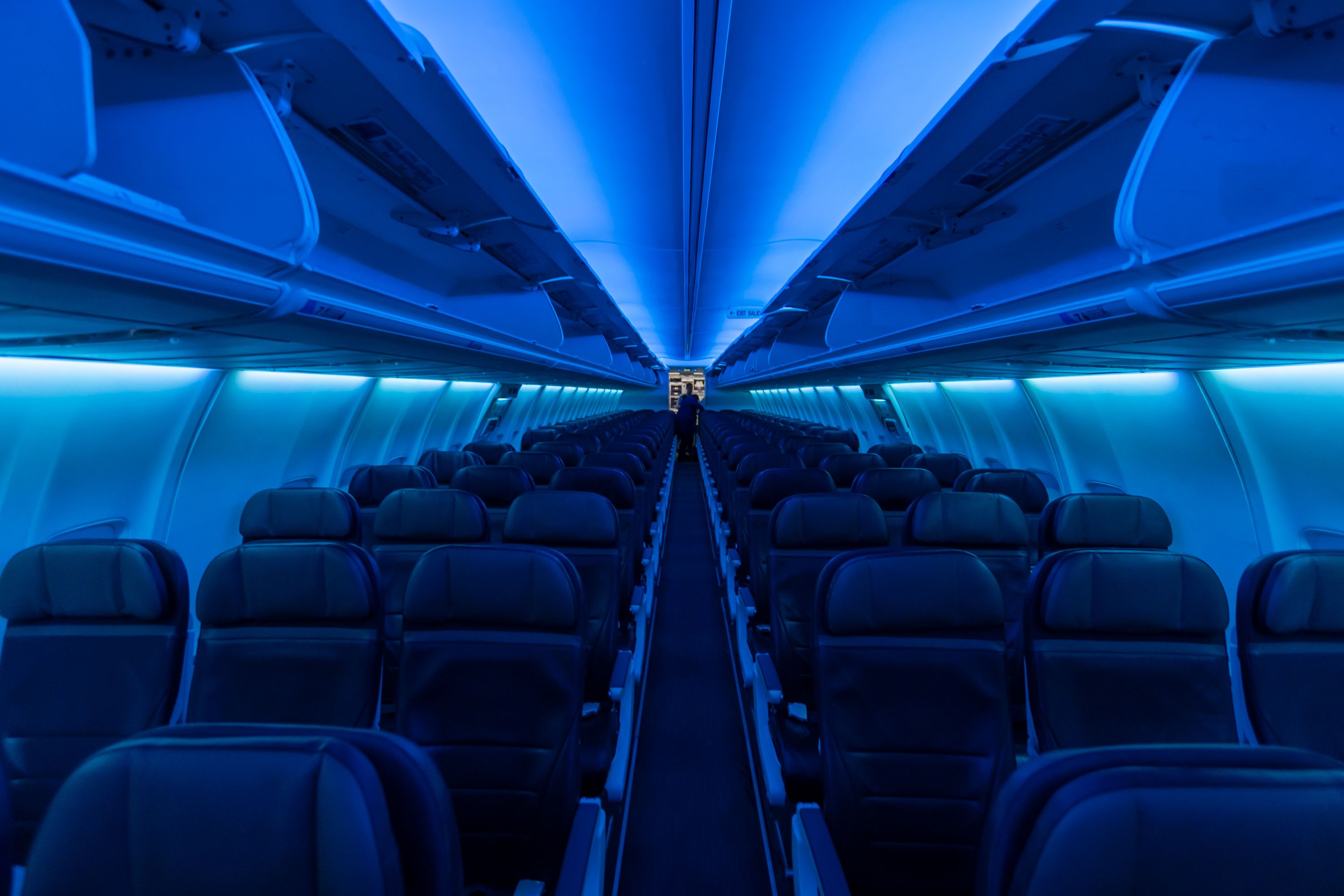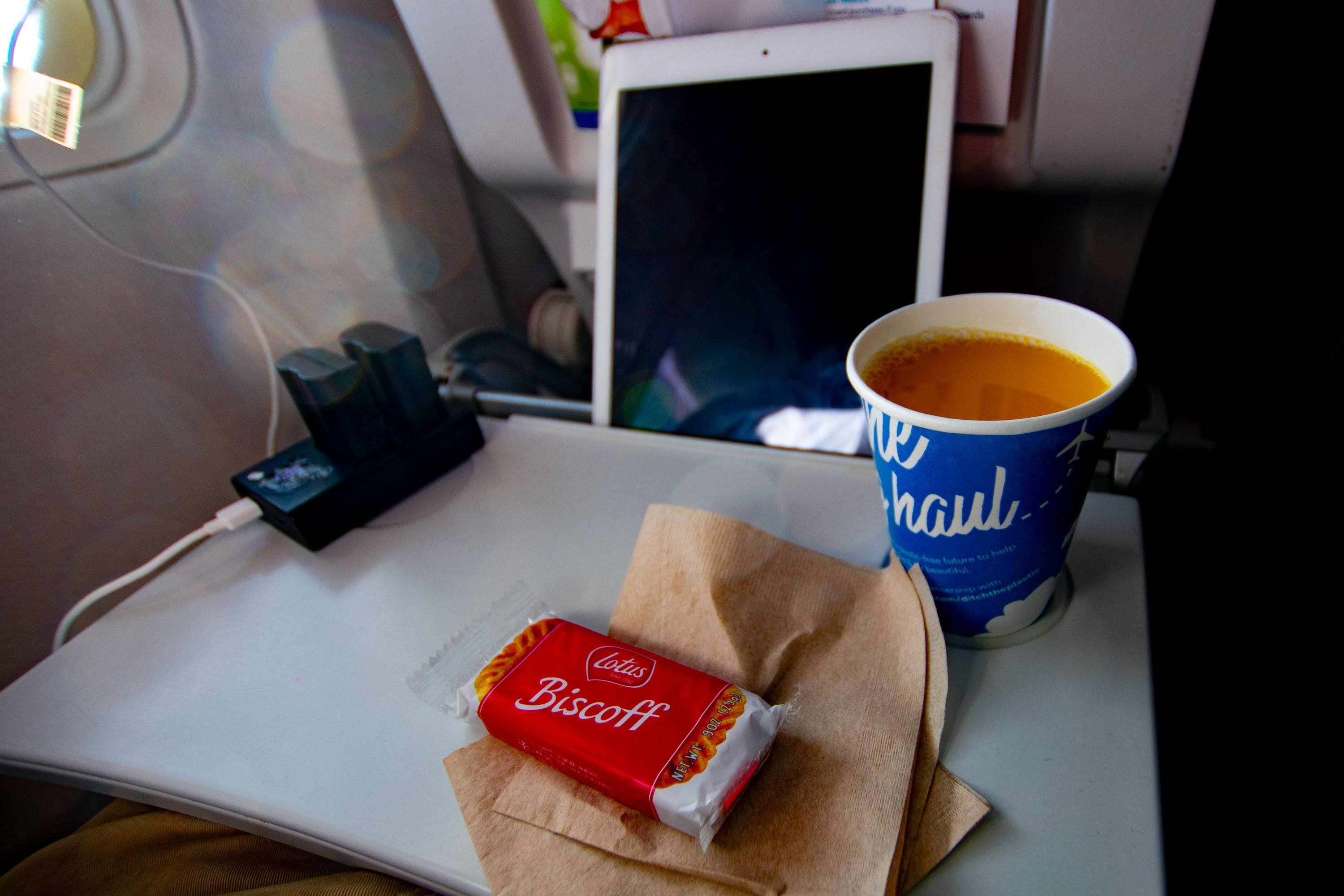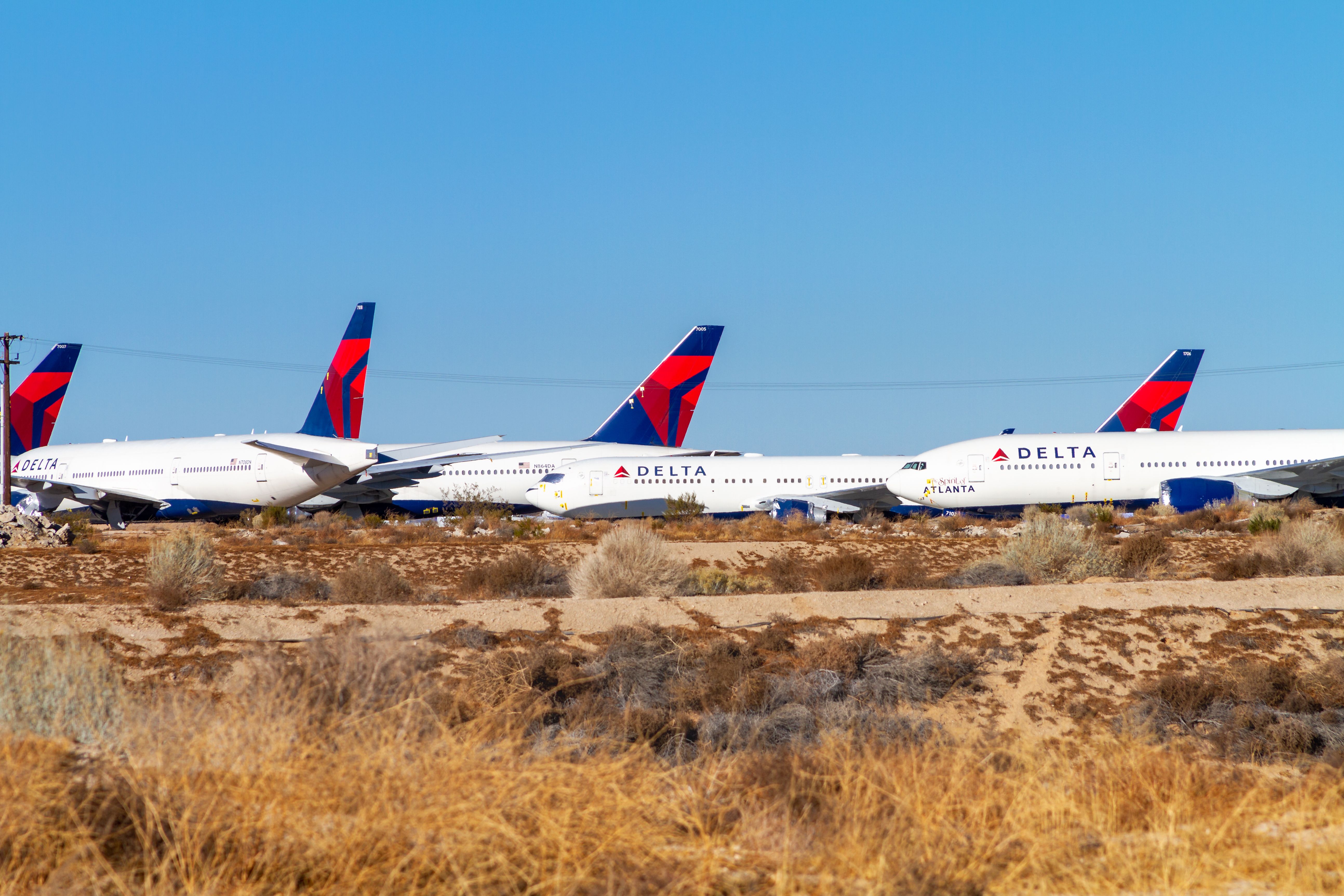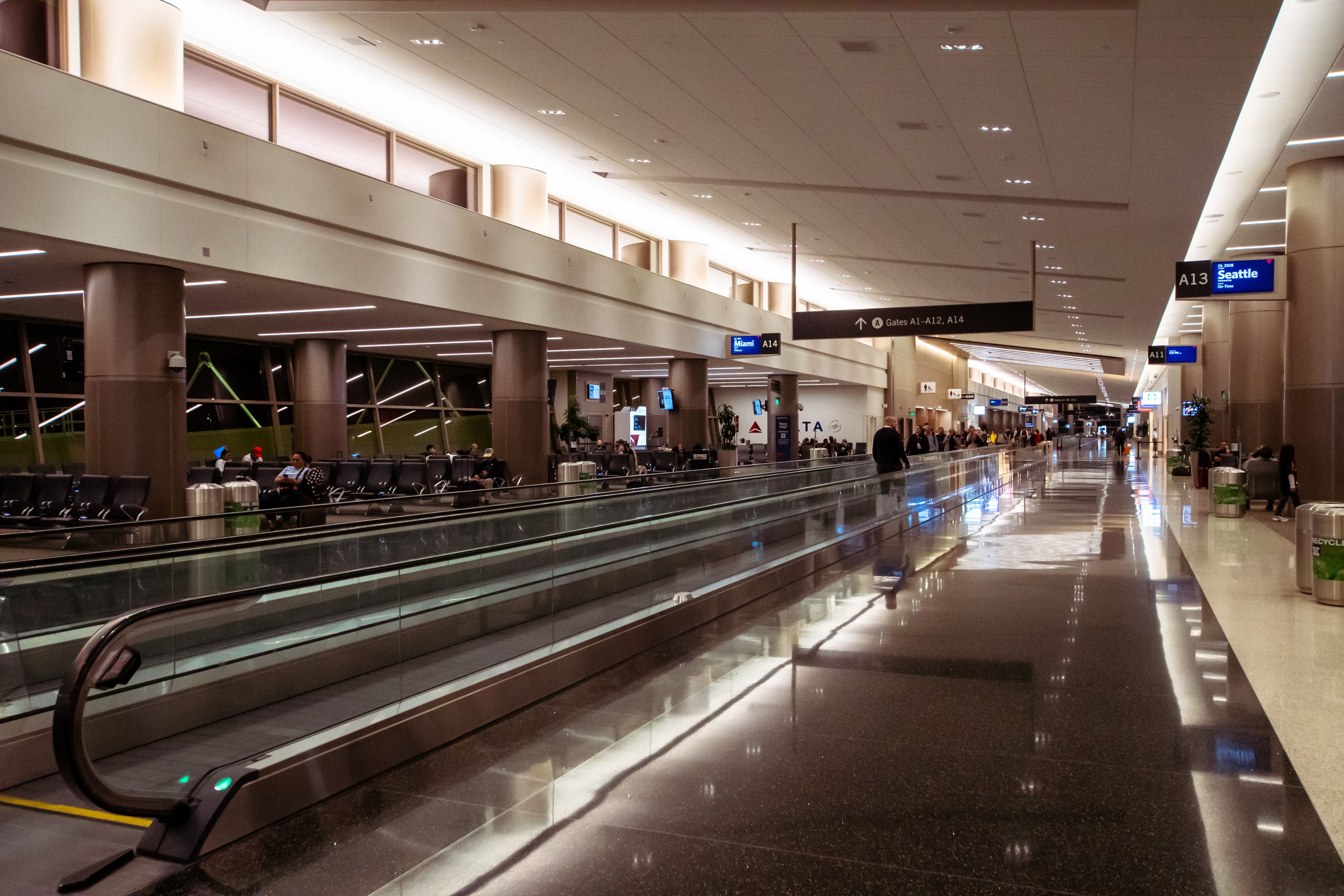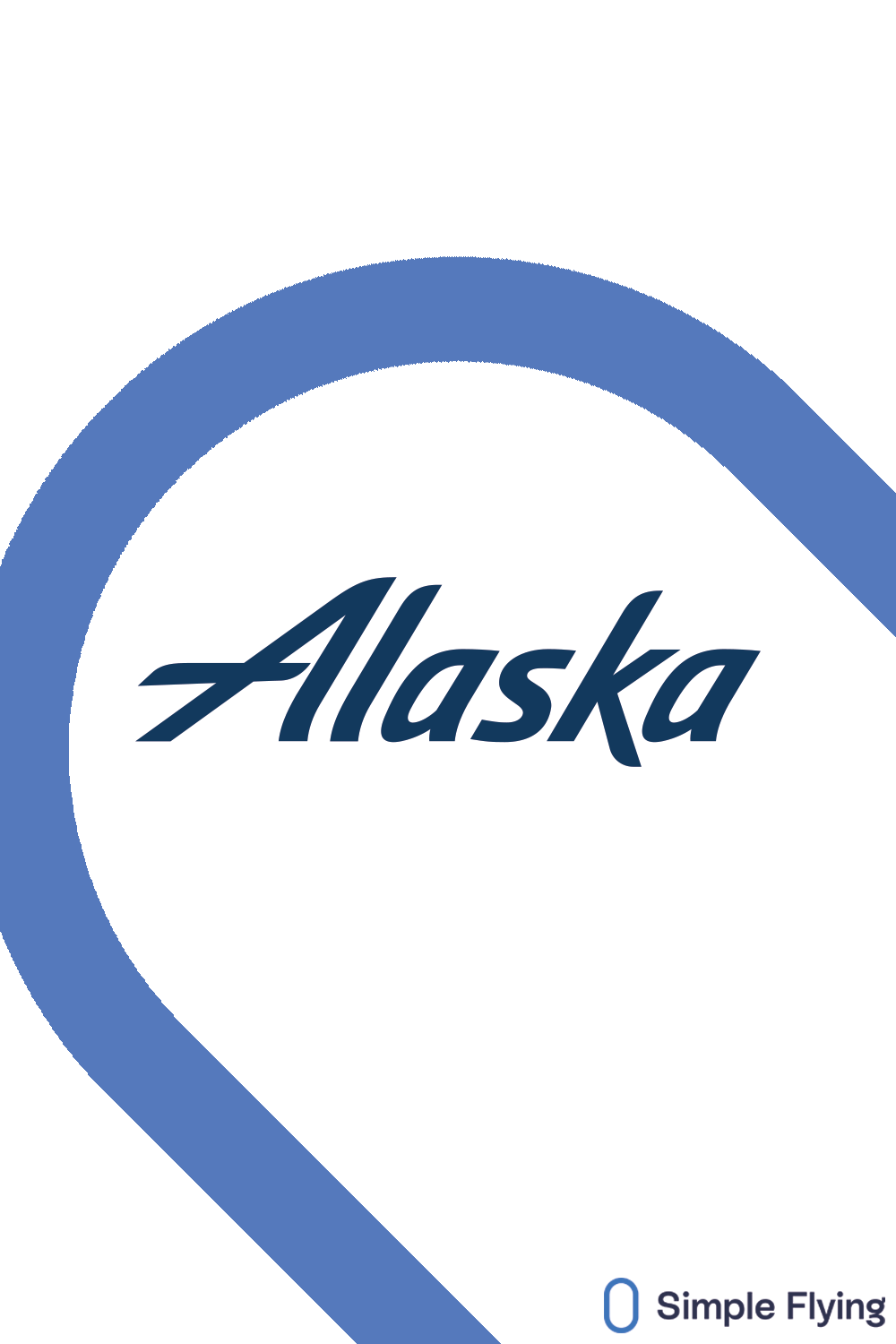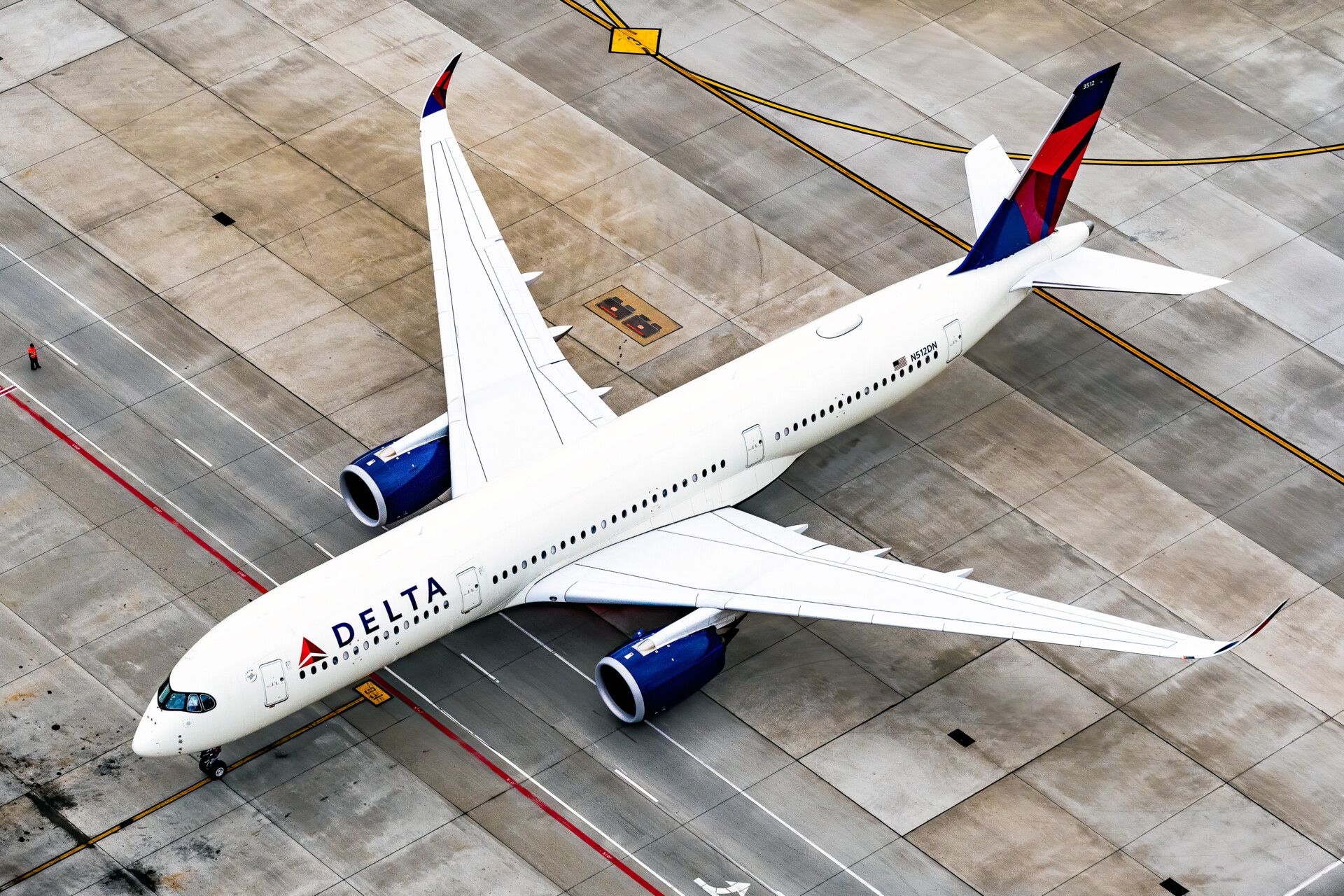Summary
- The Alaska Airlines Boeing 737-700 lacks seatback in-flight entertainment (IFE) and is 24.29 years old, while the Delta Air Lines Airbus A220s have seatback IFE and is a more modern aircraft.
- Alaska Airlines does not offer the ability to upgrade seating classes using miles, unlike Delta Air Lines, which provides this option.
- It’s important to prioritize and consider your preferences when choosing an airline and airframe.
This review compares the Alaska Airlines Boeing 737-700 primary cabin experience to the Delta Air Lines Airbus A220 main cabin experience. Both aircraft are similar in size, but the two airlines provide a very different passenger experience from ticket purchase to landing.
737-700 vs A220-100
The two aircraft and two airlines have some differences in passenger experience. But then again, the 737-700 was built in 1999, and the A220s are next-generation aircraft.
According to ch-aviation, the Boeing 737-700 I flew on in N607AS is 24.29 years old, with a first flight on June 24, 1999. This 737-700 lacks seat back in-flight entertainment (IFE).
The two Airbus A220s I will compare are N119DU and N136DQ. N119DU had a July 1, 2019, first flight with a July 12, 2019, delivery. N136DQ had its first flight on July 23, 2020, and was delivered on October 31, 2020.
With that, below is a comparison of the two airframes side-by-side using the ch-aviation database:
|
Characteristic |
737-700 |
A220-100 |
|
First class Seating |
12 |
12 |
|
First-class Pitch |
38” |
37” |
|
Premium class Seating |
18 |
15 |
|
Premium class Pitch |
35” |
34” |
|
Economy class Seating |
94 |
82 |
|
Economy class Pitch |
31-32” |
30-32” |
|
Total Seating |
124 |
109 |
|
Engines |
2 CFM56-7B24 High Bypass Turbofans |
2 PW1521G Geared Turbofans |
|
Range |
3,958 miles |
3,970 miles |
How was booking and check-in?
Booking is one place where the two airlines provide dramatic contrasts. While both airlines offer three classes of seating and pay with miles + cash, only Delta Air Lines provides the ability to upgrade just using miles. So all my trips, like flying down to Portland in January first class and flying back from Boise in August on Delta Connection E175, came together to give me enough miles to upgrade to Delta Comfort+, the airline’s premium class seating offering.
Graphic: Delta Air Lines
Alaska Airlines does not allow passengers to use miles to upgrade seating classes.
Graphic: Alaska Airlines
I digress, but I wish Alaska Airlines would consider changing from assigned seating, at least in economy, to pay-for-boarding positions like Southwest Airlines. Instead, I would have paid $20 for “Early Bird Check-in,” as Southwest Airlines charges, and paid for a better boarding position rather than repeatedly checking the Alaska Airlines website, hoping for a window seat that reclines for a nap on the flight.
Another thing I would like Alaska Airlines to import not just from Southwest Airlines but also Delta Air Lines is the ability to use PayPal Pay-in-4. One can over two months in four payments cover an airline ticket with PayPal Pay-In-4, with no credit score required.
Checking in was a breeze with both airlines. There are fewer clicks for this loyal Alaska Airlines passenger on the airline website and even a print-out to pack. Delta Air Lines let me use the smartphone app as I could have with Alaska Airlines, but no print-out. It helps that when I fly, I usually travel with no more than two bags, one for the overhead luggage bin with most of my camera equipment and another to keep at my feet with essentials.
That’s nice but how were the flights?
I consider Seattle-Tacoma International Airport (SEA) a hometown airport and my airport of choice, and it was nice walking around the N Terminal before flying. Most gates had good views of the aircraft passengers were about to board, but not mine out of gate N9, as you can see below. Various food options are available in the spacious terminal.
Photo: Joe Kunzler | Simple Flying
Boarding the 737 was easy. I was pleasantly surprised to see that Recaro made all the seats due to an aircraft renovation. I’d end up in a BL3520, of which Alaska Airlines was the North American launch customer. According to a May 8, 2012, Recaro statement, Alaska Airlines’ then-Vice President of Marketing Joe Sprague shared,
“Recaro’s clever design includes a comfortable yet slimmer seatback and bottom and a literature pocket above the tray table. That means our main cabin customers will enjoy more than an inch of extra legroom with our existing spacing between each row of seats.”
This additional inch is one more than Delta Air Lines’ A220 offering. I also appreciated the adjustable headrest to get a nap, which was helped by the mood lighting inside the aircraft.
Photo: Joe Kunzler | Simple Flying
But before we talk about the flight experience, I should note that Alaska Airlines did hold the door open at the gate for a few minutes for a few straggling passengers. The flight was already late due to a pilot scheduling issue, so Alaska Airlines made this kind gesture.
At least sitting in Seat 23A, I could enjoy the 737-700 117 ft, 5 in wingspan, and even see the flaps, spoilers, and ailerons working away. Eventually, before I attempted to nap, we had an incredible view of Mount Rainier. After the inflight service, I napped and charged my camera batteries on the seatback USB charger.
Photo: Joe Kunzler/Simple Flying
Eventually, we’d have to land at John Wayne Airport (SNA). The landing was difficult due to weather conditions such as clouds and turbulence, but the thrills on this review flight were aplenty. My only disappointment was not being able to congratulate the pilots, as they were already gone by the time my row was able to deplane.
The flights back on Delta Air Lines’ A220-100s were okay. It was nice flying on a different airframe and plane, previously the Bombardier C-Series and now five years in the Airbus family. Of course, before taking my seat, I checked out the front office with traditional Airbus joysticks to the side and massive multi-function displays.
Delta’s A220-100s have 109 seats, with 12 in first (37″ seat pitch in a 2-2 layout), 15 in comfort plus (34″; 3-2), and 82 in regular economy (32″; 3-2). All seats have seatback or through-the-armrest access to a 10.1-inch IFE screen, a USB port, and power outlets. IFE with Delta Air Lines comes with movies and flight tracking. That is when the flight-tracking “Airshow” feature works.
Photo: Joe Kunzler/Simple Flying
Also, I did watch Delta’s “The Steepest Climb” documentary on the flight from SNA to Salt Lake City. The documentary touched on many of the challenges Delta Air Lines employees faced during the COVID-19 pandemic, from storing aircraft to enforcing mask mandates through a first-person view. I’d give the documentary four stars out of five.
Photo: Felipe Sanchez via Shutterstock
Though the flights were turbulent, there was still time for light but understandable in-flight service.
At least Salt Lake International Airport (SLC), where I made my connection, had ample food options and was just as clean plus spacious as SEA. Oh, and more photogenic.
Photo: Joe Kunzler | Simple Flying
The crew on the Delta flights voiced concerns regarding photography, which is why there are fewer photos of the Delta flights.
Bottom line
There are some features that Delta Air Lines provides that Alaska Airlines does not, such as paying for a seating upgrade in miles and PayPal Pay-in-4, plus seatback IFE. However, Alaska Airlines has a friendlier culture and a more standard aircraft fleet. It’s a matter of what you prioritize and fly more with.
The A220 clearly is a leap ahead in technology and certainly felt that way. Nonetheless, so is the 737 MAX that Alaska Airlines is slowly acquiring.
What is your assessment? Please share with civility in the comments.



